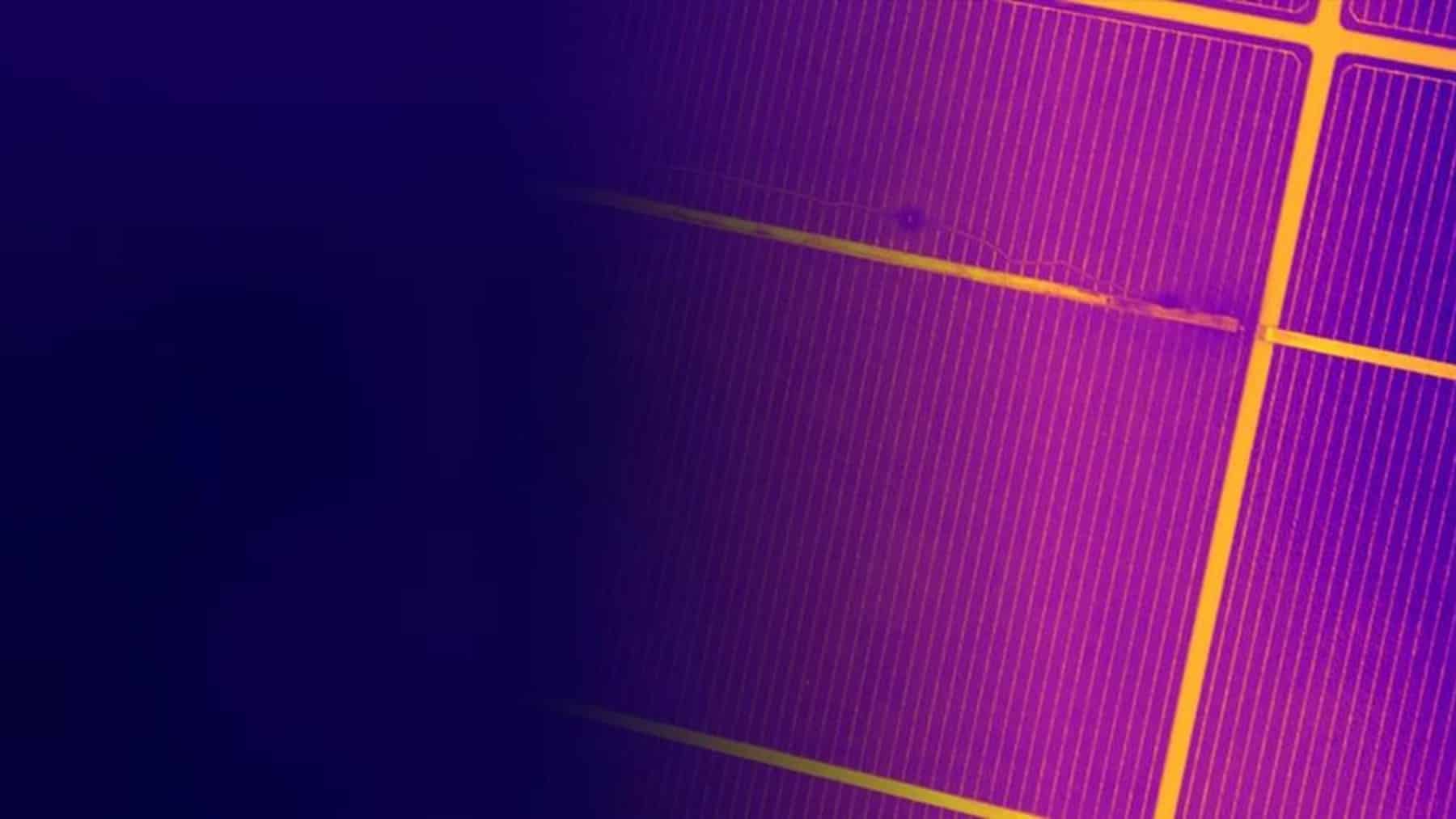For a long time, scientists around the world have been doing research, conducting tests, and creating various inventions, all in order to design a type of energy that is renewable, clean, and effective. Photovoltaics energy is one of these creations, and it was doing very well until an invention from Japan arrived to change everything we know about this subject. The new material is catching attention for its impressive power output.
Why say goodbye to photovoltaics if it is the best we have so far?
If you ask anyone what they think about photovoltaic energy, you can be sure that most will say that this type of energy is the best when it comes to a more sustainable future.
And until now, this was the common wisdom: solar energy was the leader in terms of clean and renewable energy, and it was also starting to become cheaper – or are you going to tell me that you’ve never walked around your city and noticed a rooftop with a solar panel?
However, there is one factor that photovoltaic energy leaves something to be desired: its efficiency. Even if you look for the best panels on the market, they will always come up short at 20% energy efficiency. In other words, more than 75% of this energy is being wasted.
And that’s exactly what researchers at Tokyo City University have solved. They created a foldable solar cell with a record efficiency of 26.5% – we told you that this invention broke the laws of energy, didn’t we? The potential for energy generation is promising and the material is catching attention in the solar power and renewable energy sectors.
But what is this foldable solar cell?
As the name suggests, it is a cell that combines two types of solar technology: perovskite and flexible silicon. The researchers who participated in this invention explain in more detail what this new mechanism is and how it delivers such promising results:
“Perovskite/silicon solar cells are a new class of solar cells that have recently attracted increasing attention due to their remarkable efficiency; however, they inherently suffer from loss of flexibility. Therefore, we developed flexible perovskite/silicon tandem solar cells by fabricating perovskite solar cells on top of thin crystalline silicon solar cells and making them bendable”.
You can be sure that making it flexible required complex processes to develop. This is the step-by-step process by which the new solar material is created:
- First, they used potassium hydroxide etching to thin the bottom silicon cell.
- Then, they textured the back.
- Next, they applied a protective layer of silicon nitride using chemical vapor deposition.
- Finally, they cut the cell into five-centimeter squares.
What can we expect from this foldable solar cell placed in photovoltaic material?
In addition to shocking the world of science and breaking the laws of energy, this new foldable solar cell has come to change the entire energy sector. This is because it could be the ideal object for buildings with integrated solar energy (BIPV). Not stopping there, it can also be applied in:
- Solar-powered mobile electronic devices;
- Lightweight solar vehicles;
- And weight-restricted space missions.
Oh! And of course, the innovation won’t stop there. Ryosuke Ishikawa, the author of this exciting photovoltaic creation, expanded on scientists’ efforts
“To further increase the conversion efficiency, future research should involve improving current matching by applying a bifacial heterojunction to the bottom cell”.
And if you thought this new flexible solar cell was the only threat to solar power, I’m afraid it’s not. Scientists have created a 2 kW star-shaped wind turbine for the home that beats solar panels. It looks like the future of photovoltaics is in danger.














